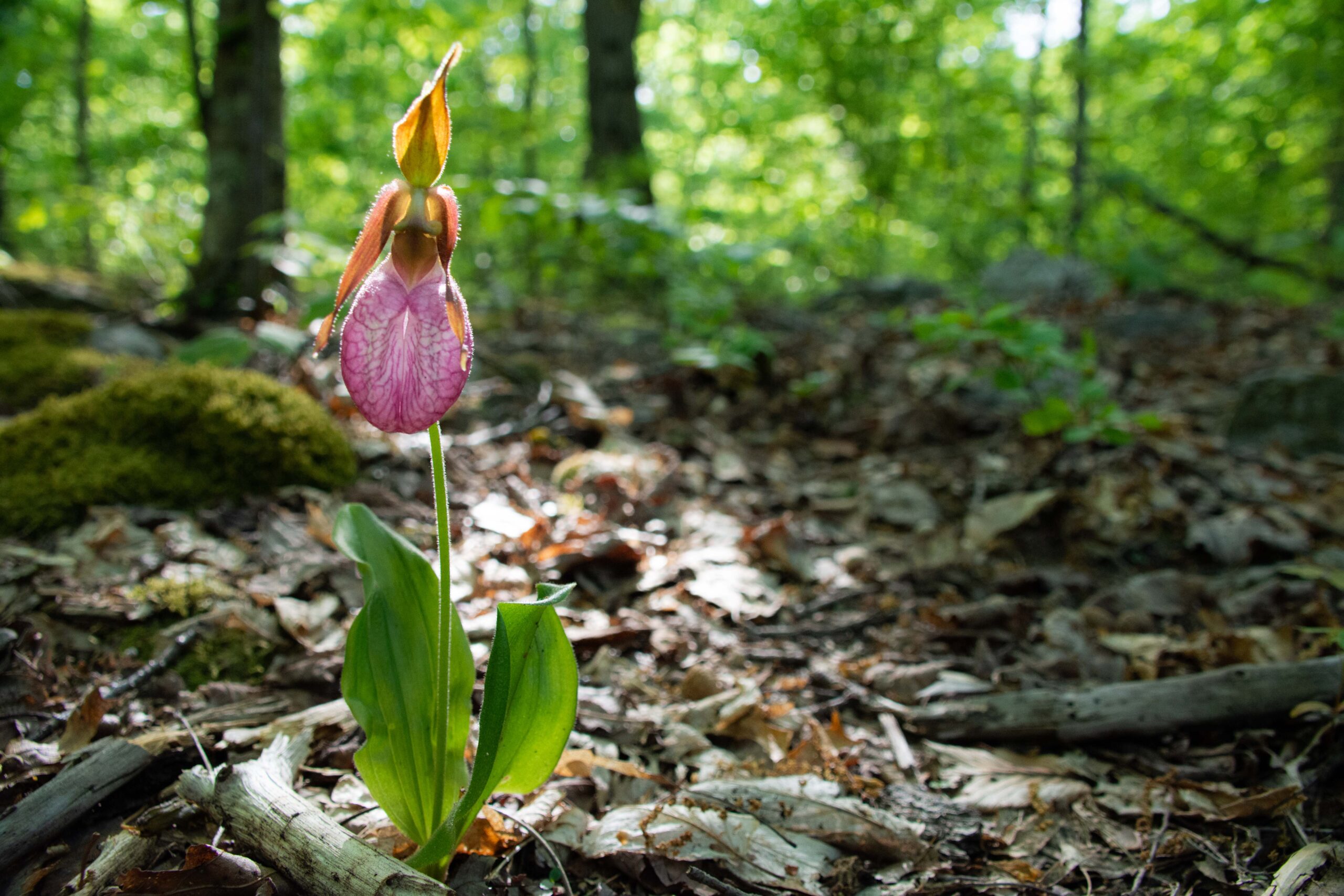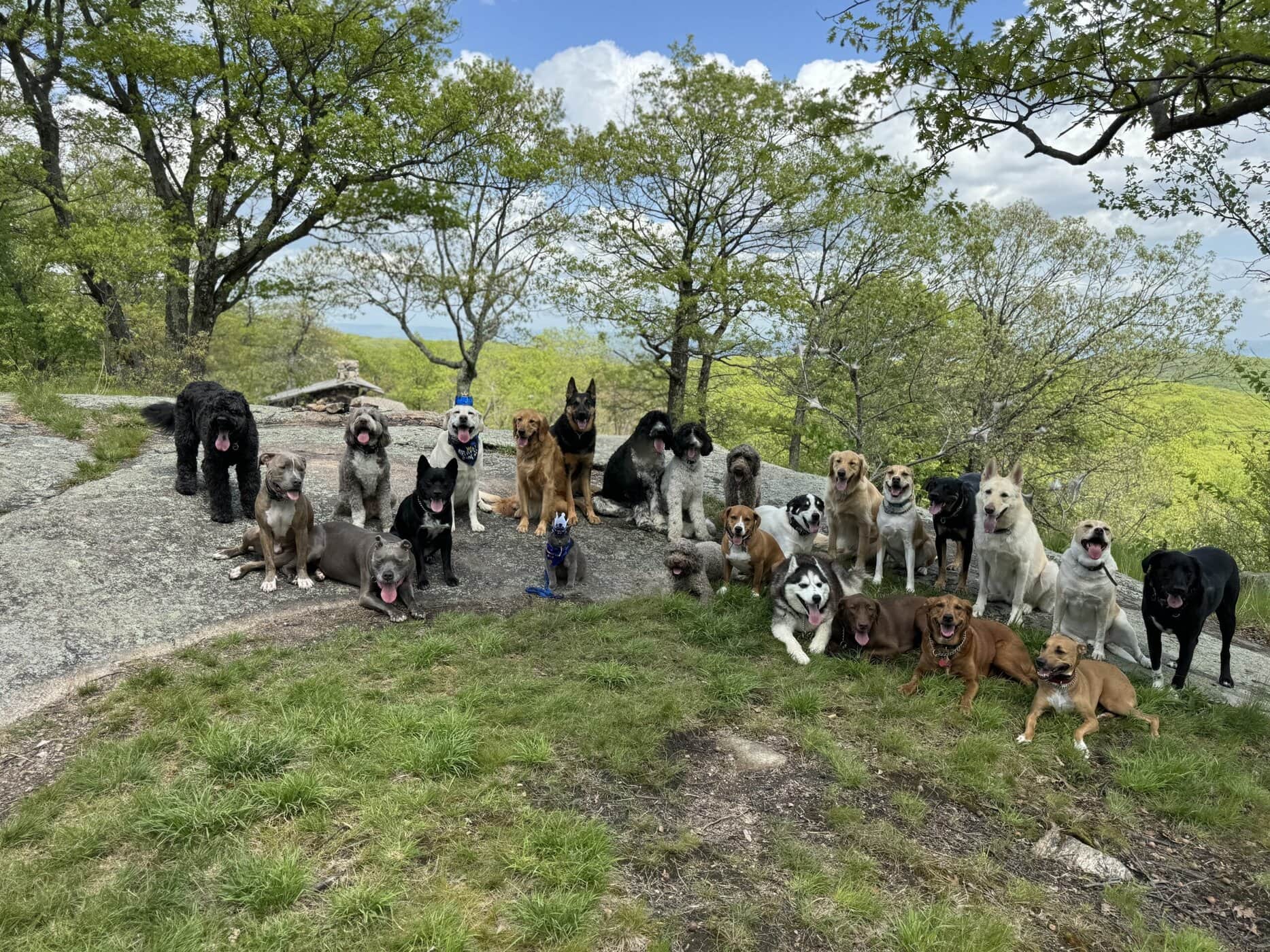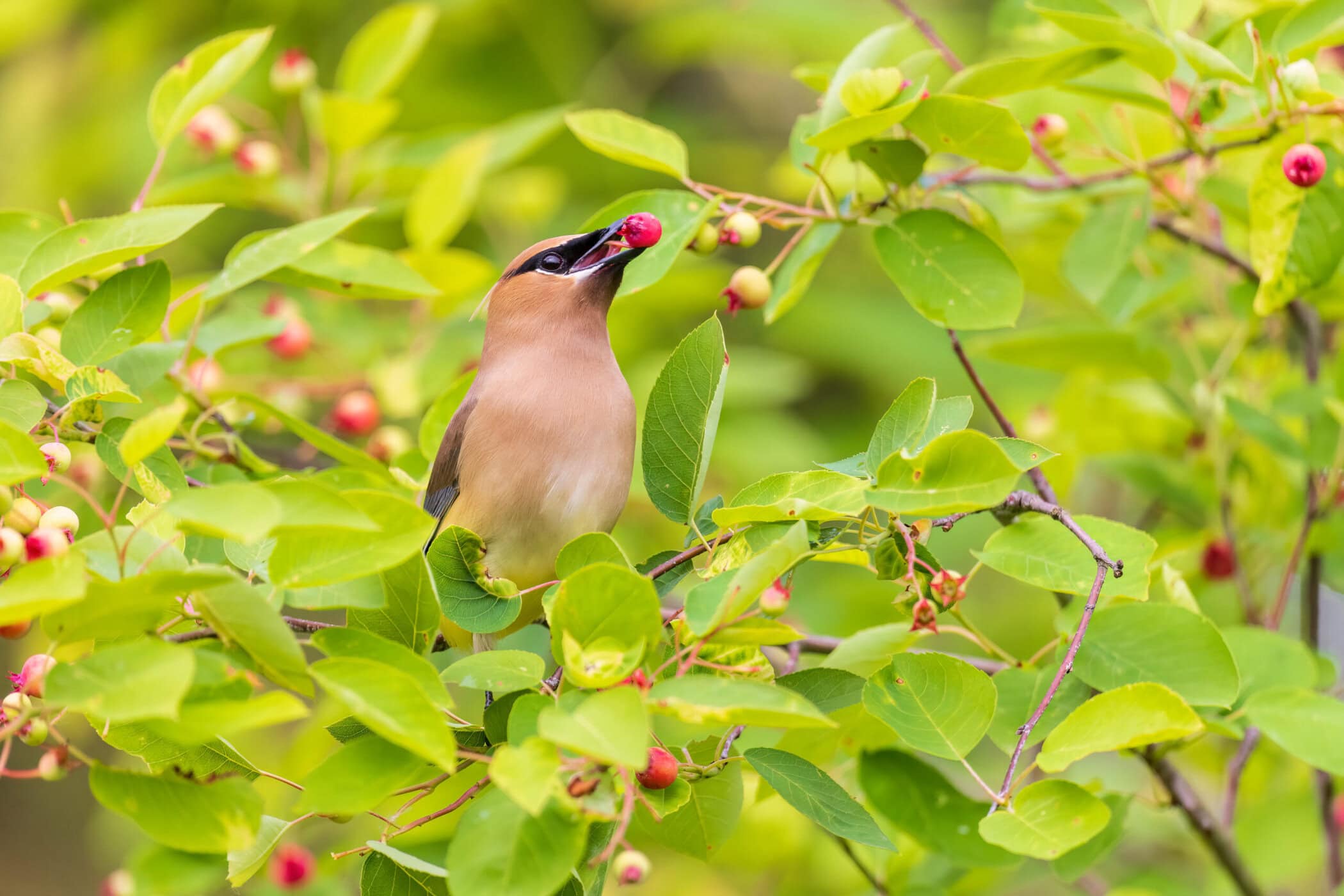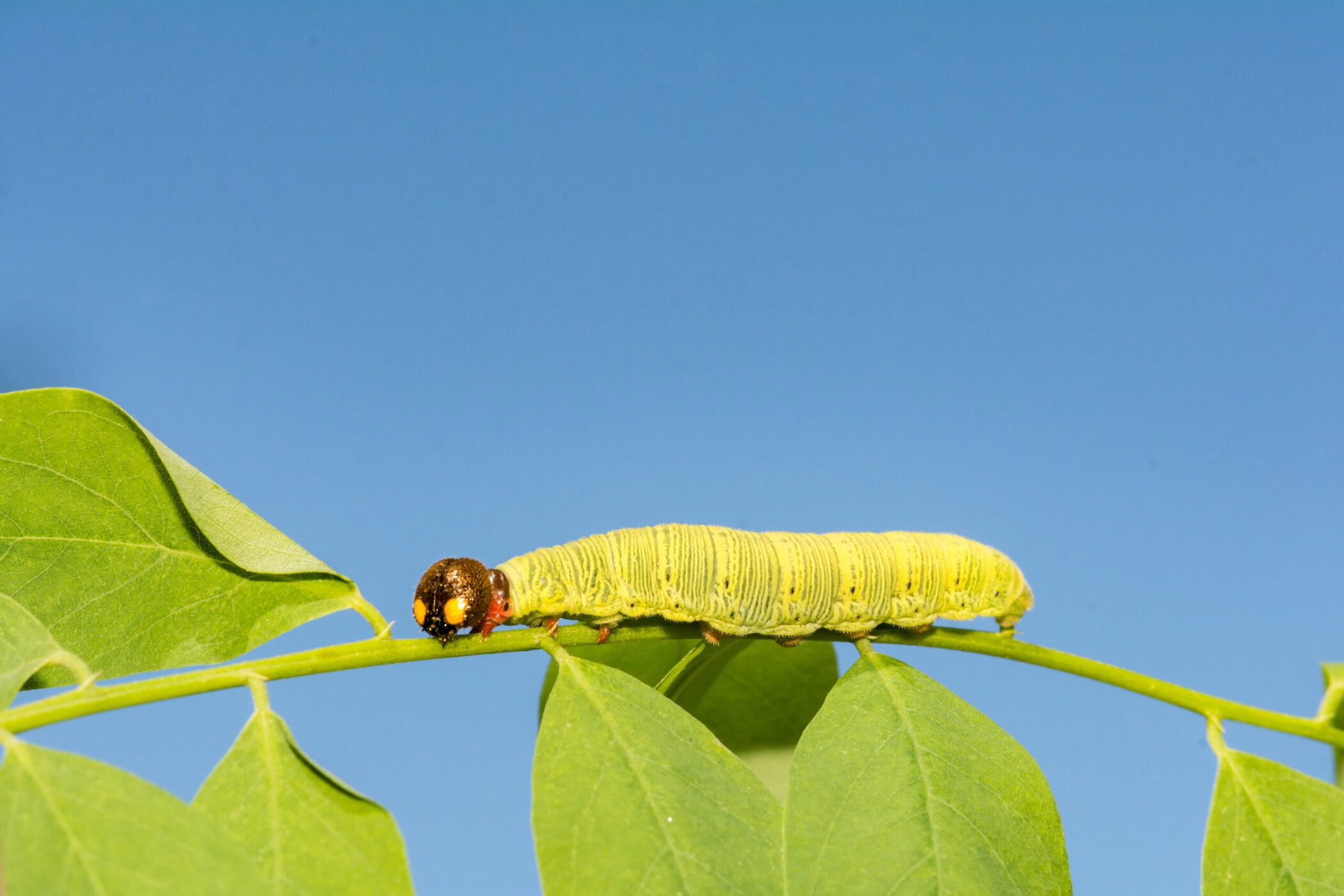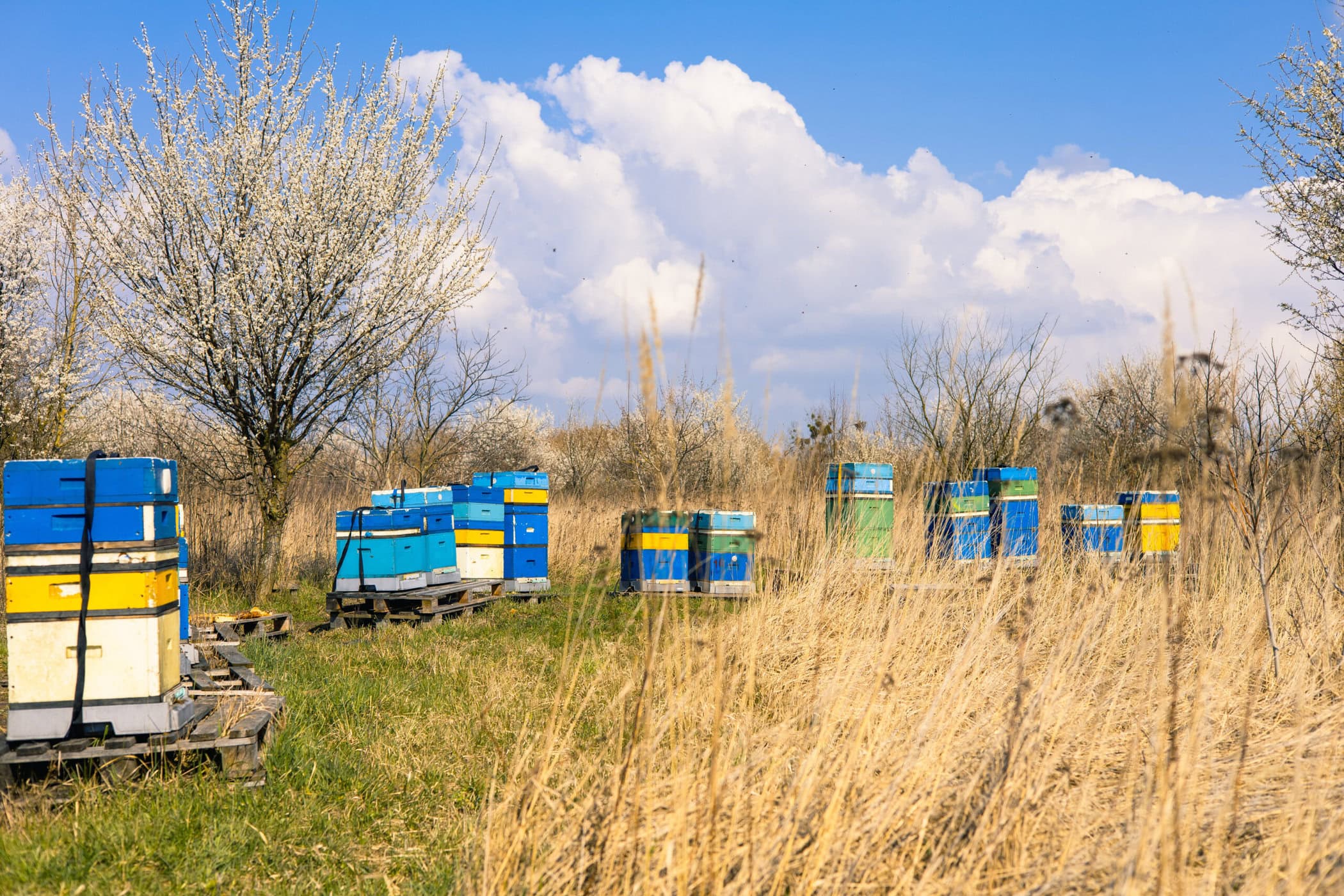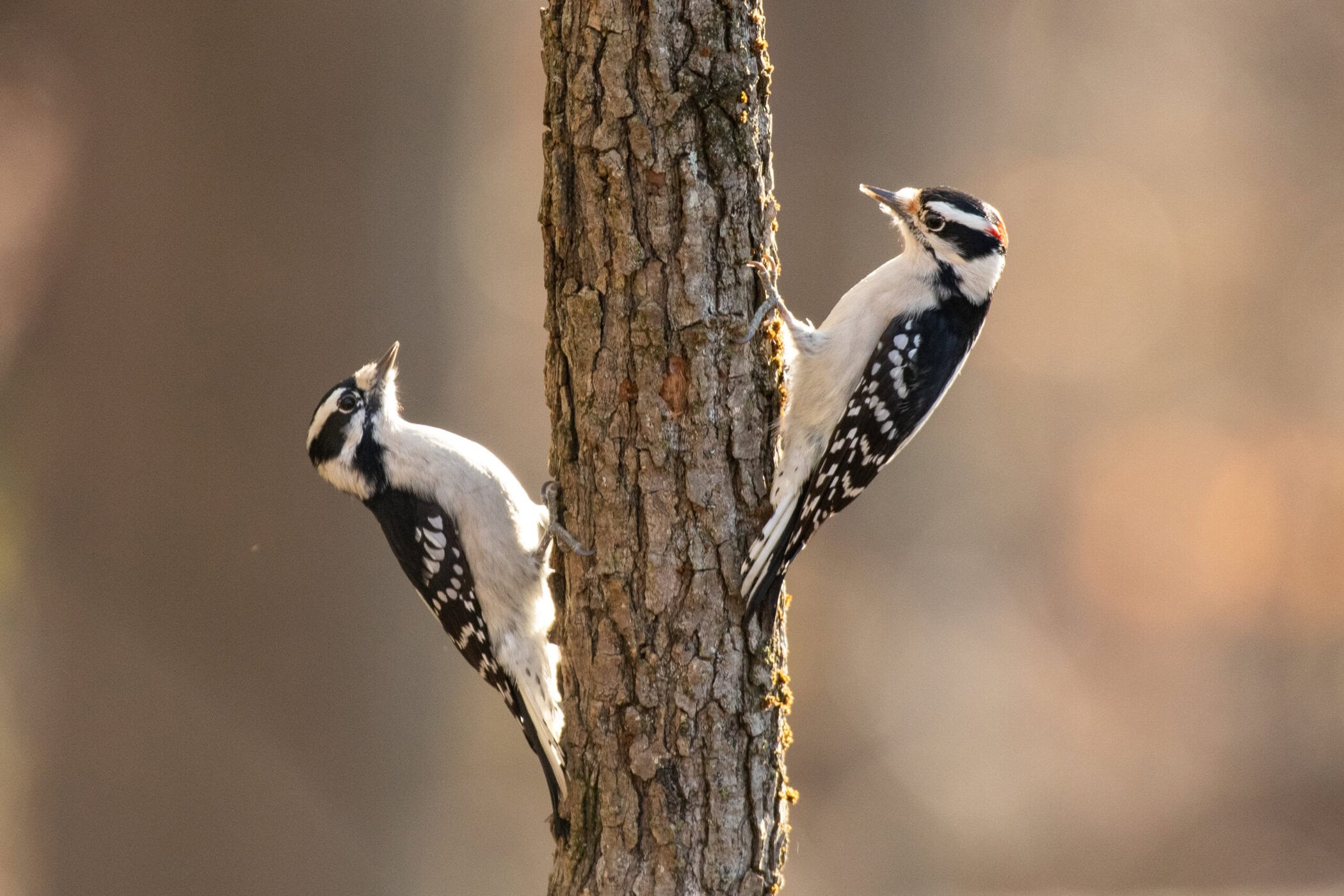On a fall Friday morning, a pickup truck arrived at Mawignack Preserve in Catskill with a long-anticipated cargo: 28 trees. For Scenic Hudson, which owns the preserve, and the Greene Land Trust, which manages it, the delivery and later planting of these trees mark another step in restoring the floodplain forest that once existed there.
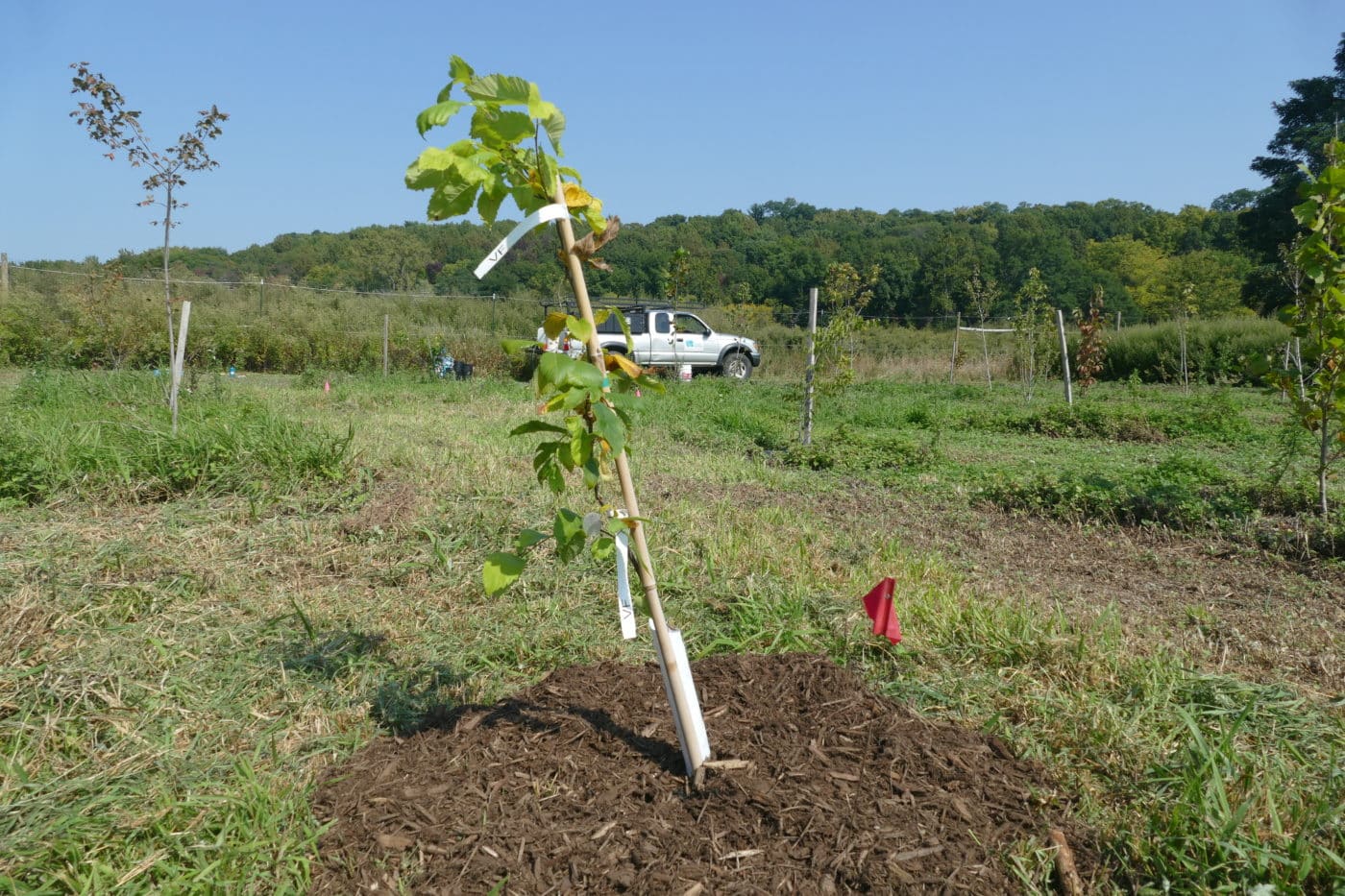
But the choice of tree also plays a role in reviving a species once as American as apple pie.
Fungus decimates “leafy cathedrals”
Search the words “Elm Street” and the name of any city or village in the Hudson Valley, and there’s a good bet a match will pop up. What do Elm Streets in our region have in common with their 30,000-plus counterparts across the U.S.? No elm trees, most likely.
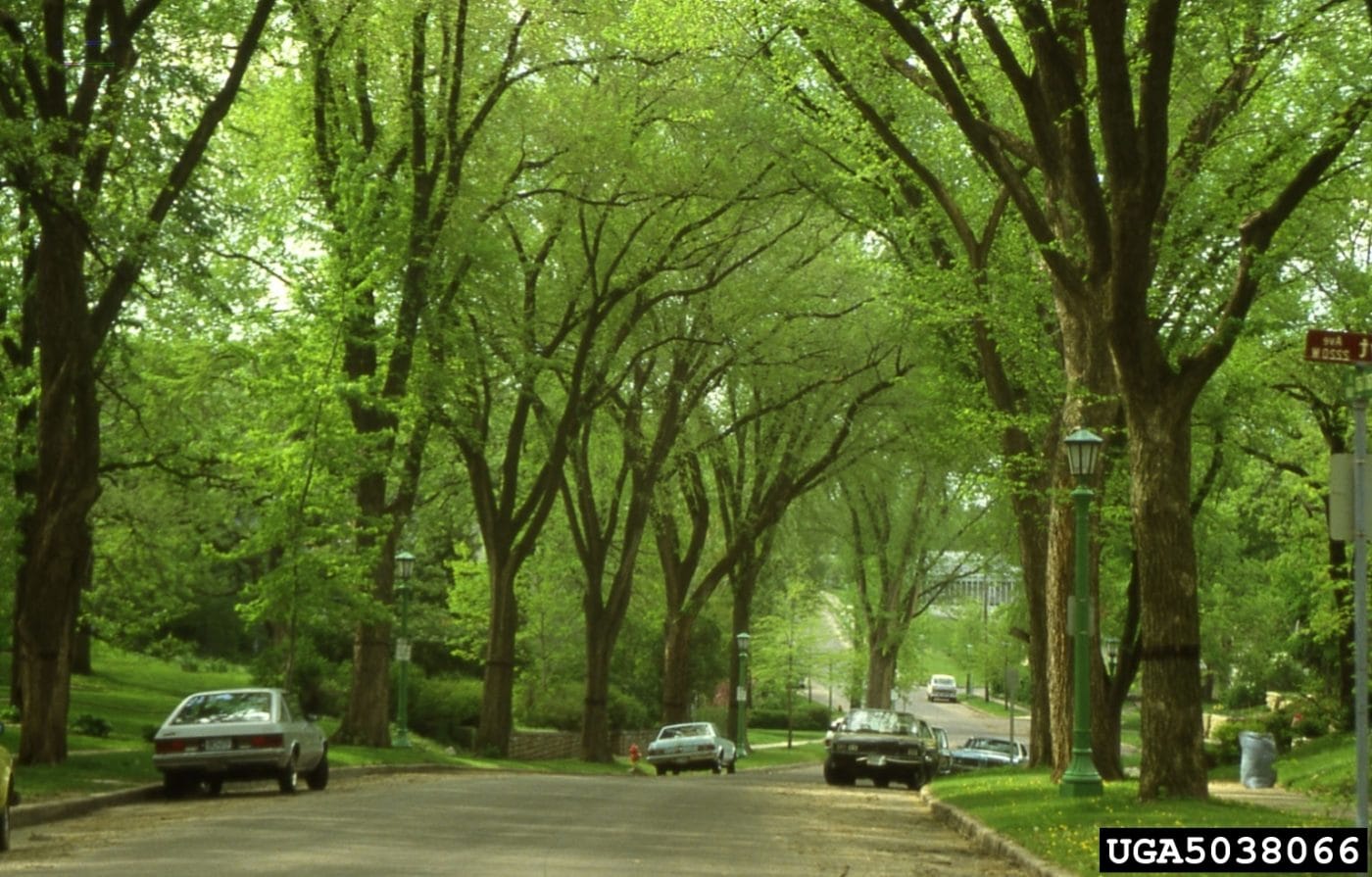
Dutch elm disease. (Photo: Joseph OBrien, USDA Forest Service, Bugwood.org)
For much of the 19th and early 20th centuries, Ulmus americana, the American elm, was the tree of choice for planting in parks and along municipal thoroughfares. Their height (80 feet) and the width of their branching canopy (often over 100 feet) led one writer to compare them to “great leafy high-arching cathedrals” that cast “a deep cool shade upon life’s turmoil.”
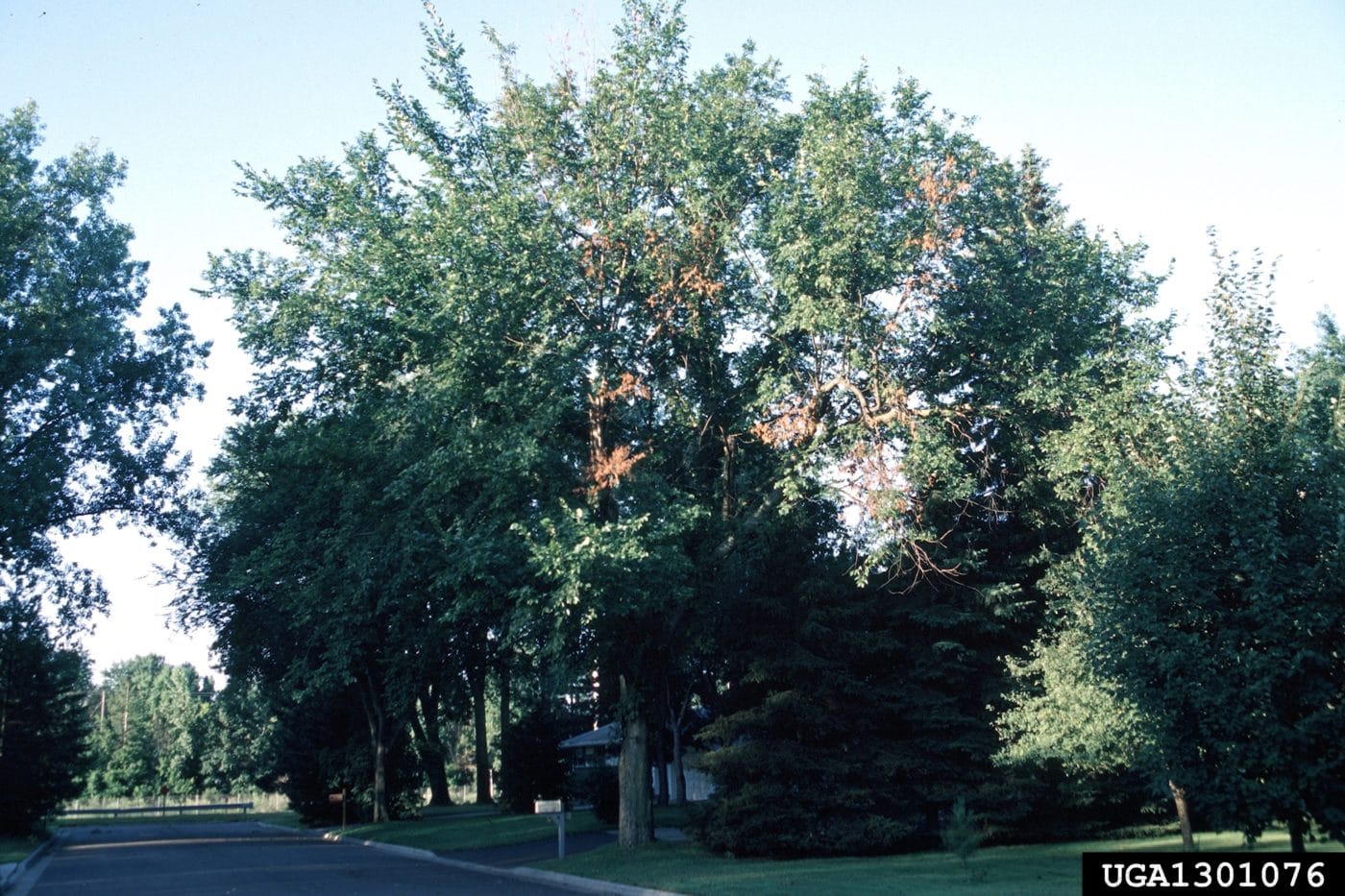
(Photo: Joseph OBrien, USDA Forest Service, Bugwood.org)
Sadly, beginning in 1930, American elms had turmoil of their own to contend with. That year in Cleveland, Ohio, Dutch elm disease struck its first victims. In the next few decades, it spread and spread and spread. In the 1970s alone, it caused the death of an estimated 77 million American elms, including many of those lining the Hudson Valley’s Elm streets.
“In my childhood I remember elm trees lining urban streets, but they were already dying and being cut down,” remembers Bob Knighton, president of the Greene Land Trust’s Board of Directors and a participant in the recent elm planting at Mawignack Preserve. “I recognized much later how their absence really changed the urban streetscape.”
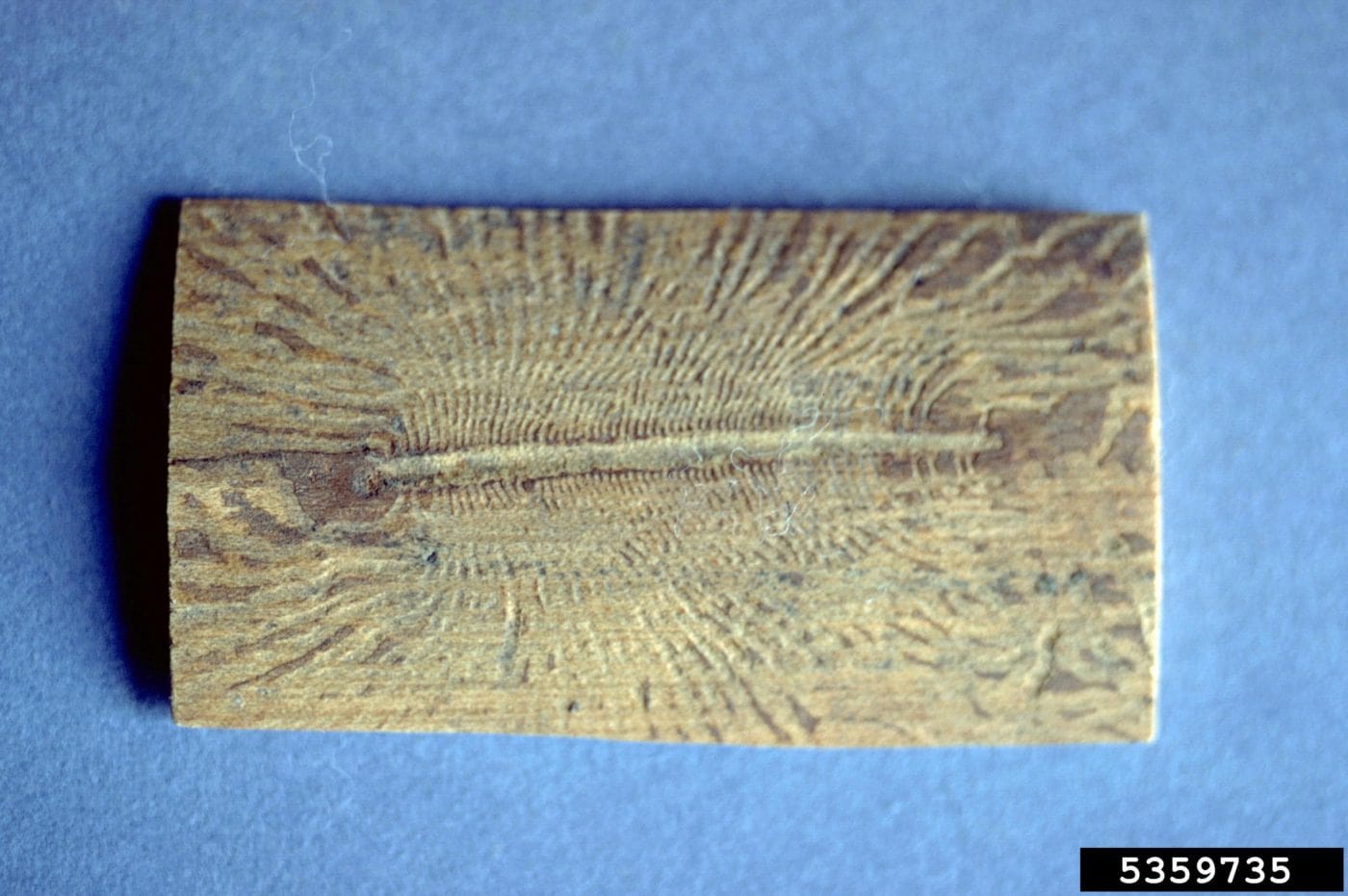
created by the European elm bark beetle, which vectors the disease.
(Photo: William M. Brown Jr., Bugwood.org)
Caused by a fungus originating in Asia, Dutch elm disease killed off more than half of the elm trees in the Netherlands (hence its name) before “immigrating” to America in a shipment of logs. It infests trees in a couple of ways — by hitching a ride on one of 2 species of beetles that tunnel beneath their bark, or by spreading from the roots of one tree to another. The propensity for planting elms in long rows resulted in a chain reaction responsible for the demise of so many elm-lined lanes.
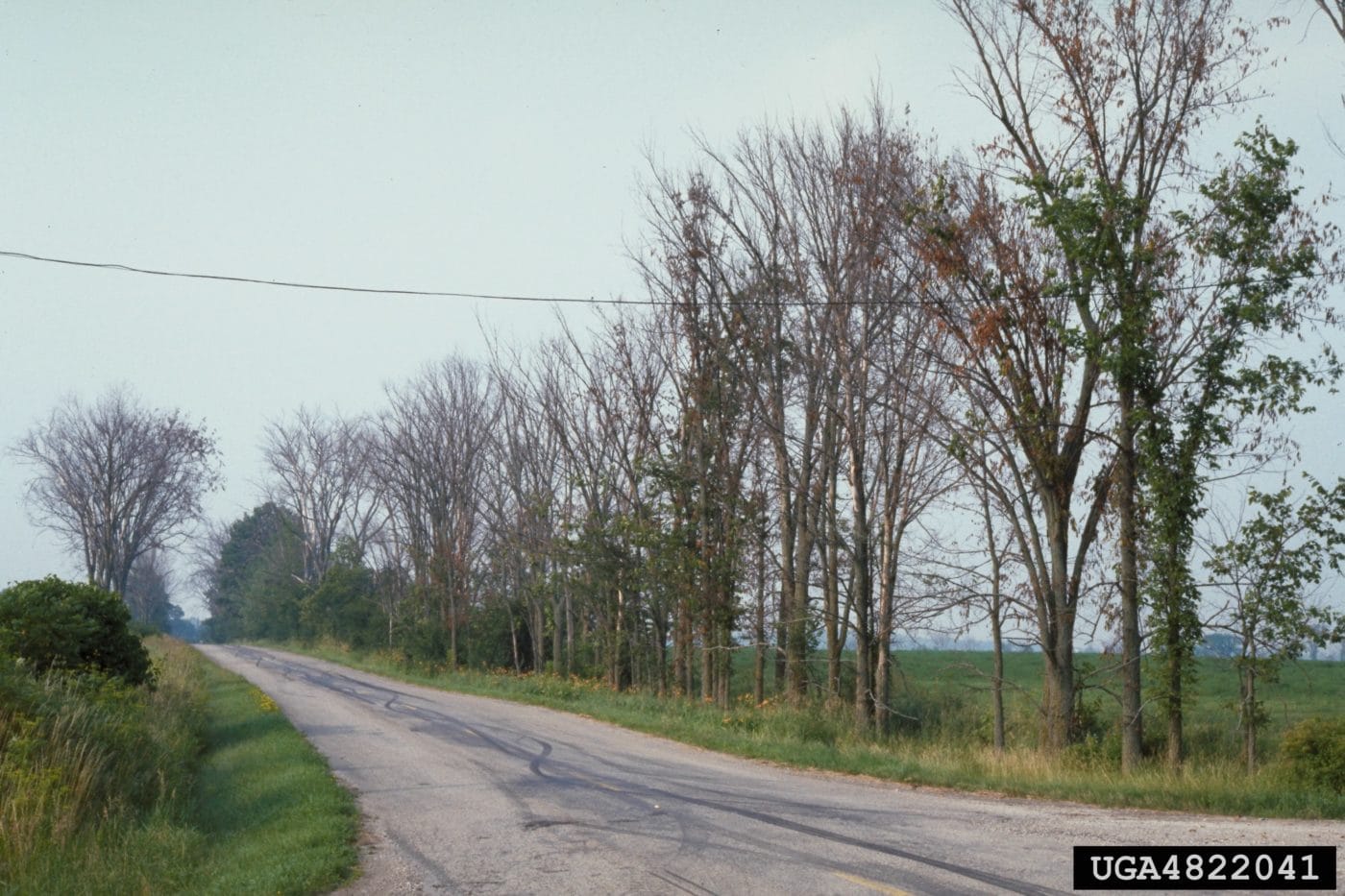
However it gets into a tree, the fungus devours living tissue, causing branches and leaves to die. Many infected elms perish quickly, while others may hang on for a couple of years.
“Saving the last of something”
Since 2003, biologists with U.S. Forest Service and The Nature Conservancy have been spearheading the American Elm Restoration Project, working to create genetically diverse strains of American elm more tolerant of the fungus. The trees planted at Mawignack Preserve, which range from 2-4 years old and stand 2-4 feet tall, represent about half a dozen of these strains. In the future, Nature Conservancy researchers will monitor the trees’ progress, to see if any fare better than others. (None of the new strains have an absolute immunity to the disease.)
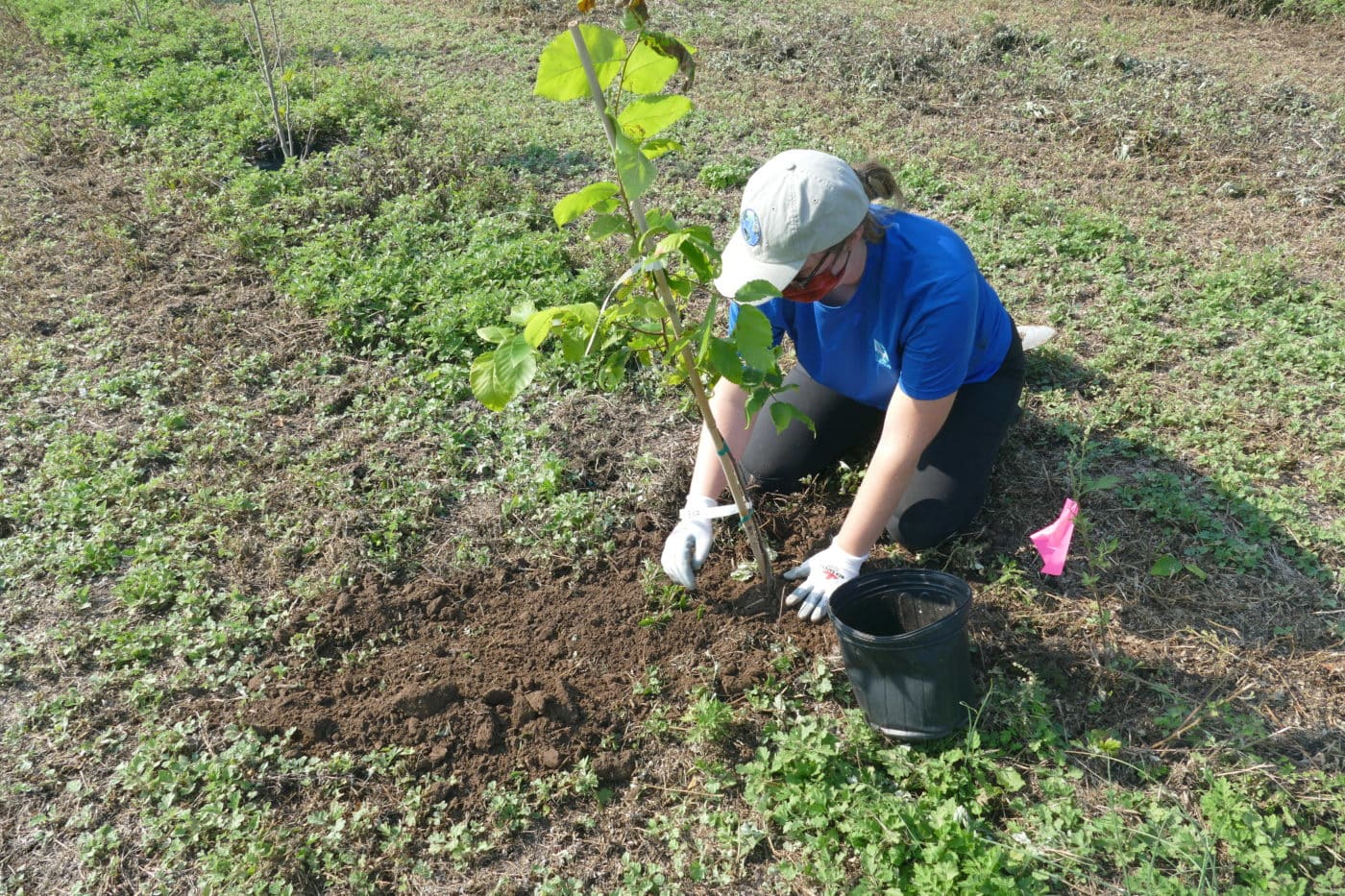
Planting the 28 elms was no casual affair. “Just to have the site ready to have the most potential for survival took awhile,” Scenic Hudson Land Stewardship Coordinator Dan Smith says. What once was a forest at Mawignack had been farmed throughout the 19th and 20th centuries. More recently, invasive mugwort had overrun the fallow fields. Regular mowing over the last 2 years has kept that in check.
Last September, members of the Hudson Valley Corps of the Student Conservation Association spent 3 days building a fence to keep out deer and planting 150 trees — maples, dogwood, witch-hazel and other varieties. They left spaces in the emerging forest for the elms’ planned arrival, making sure that the new elms would be far enough apart to prevent the fungus, if it also arrives, from spreading via neighboring roots.
A 1968 survey of a floodplain forest near Mawignack Preserve indicated that American elms dominated the canopy. By the 1990s, most were gone. So planting these 28 trees represents a welcome comeback.
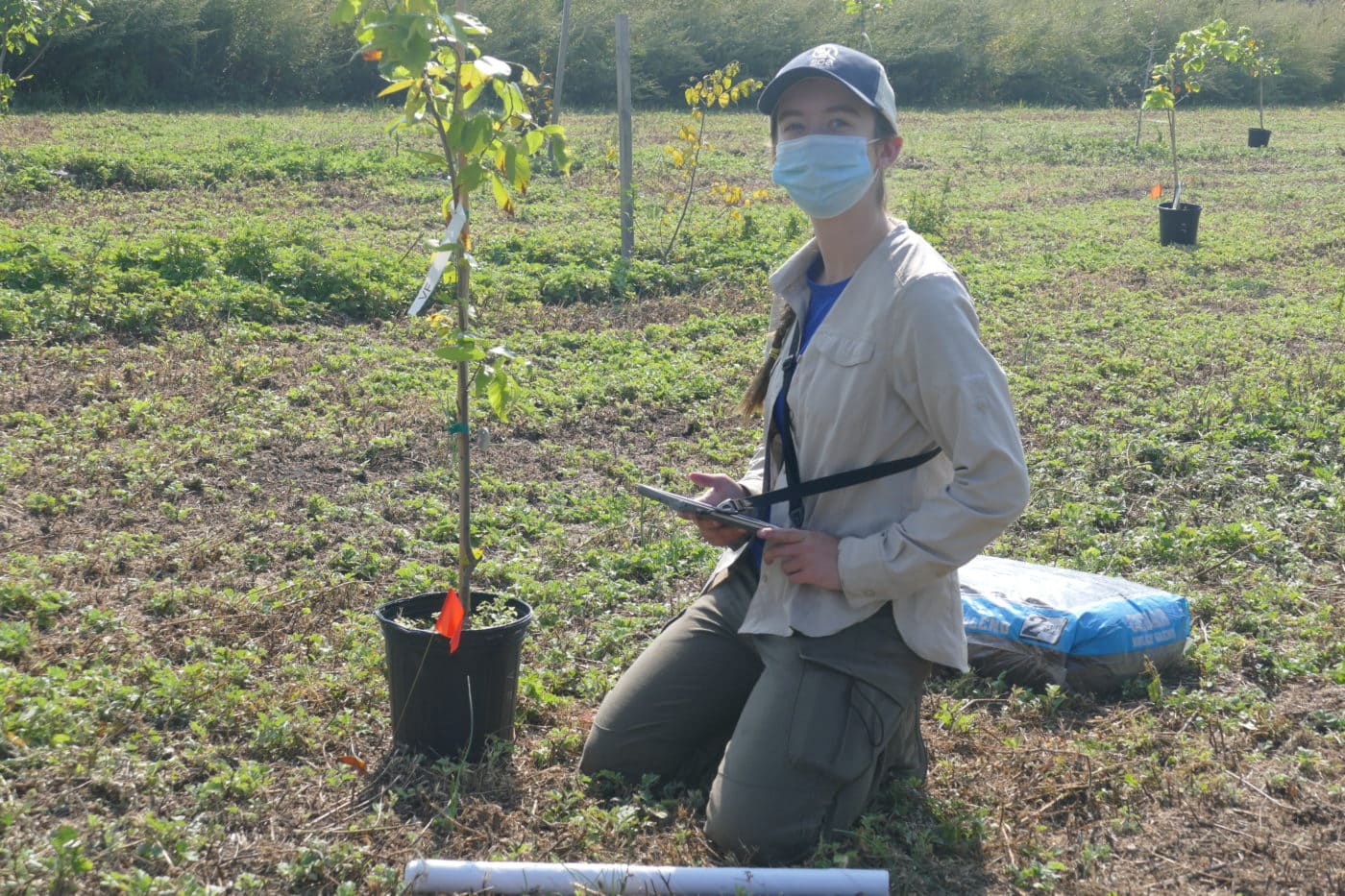
“Planting elm trees as part of the reforestation project at Mawignack Preserve feels like we are beginning to come full circle to replace some of the natural beauty along Catskill Creek that Thomas Cole lamented losing to industry way back in 1841, long before anyone knew that disease would ravage the elms,” says Knighton.
“One of the things that really drew me to the field is the romantic notion of saving the last of something,” adds Smith. “There aren’t as many of those opportunities as you might think. So playing a small part in restoring American elms to the landscape is really exciting.”


